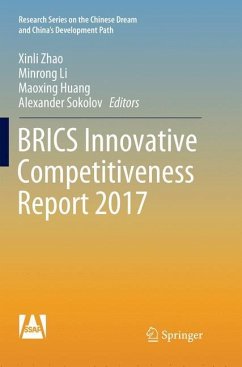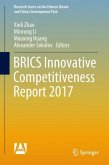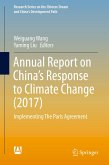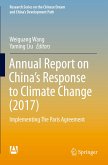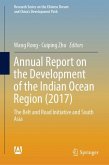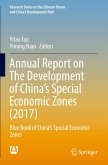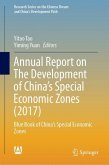The Report predicts that the coming five years will witness the five countries keep improving in national innovative competitiveness, with China and Russia maintaining their strong growth momentum, India growing at a moderate rate, and Brazil and South Africa gradually picking up speed and climbing out of the trough. It estimates that the five countries' national innovative competitiveness will be keeping steady growth by 2030.
The General Reports part presents a comprehensive analysis of the current status and achievements of STI cooperation between China and other BRICS countries and proposes priority areas of BRICS STI cooperation to provide valuable decision inputs for the BRICS countries to accelerate the improvement of their national innovative competitiveness. The Country Reports part respectively analyzes and makes predictions on the national innovative competitiveness of the BRICS countries based on a survey of their STI development and STI cooperation within the BRICS framework. The Thematic Reports part focuses on four thematic areas closely related to STI, i.e. digital economy, financial inclusion, energy, and agriculture, and offers detailed analysis of the STI development and potential of the countries in relevant areas, providing additional inputs for a further understanding of the national innovative competitiveness of the BRICS countries.
The General Reports part presents a comprehensive analysis of the current status and achievements of STI cooperation between China and other BRICS countries and proposes priority areas of BRICS STI cooperation to provide valuable decision inputs for the BRICS countries to accelerate the improvement of their national innovative competitiveness. The Country Reports part respectively analyzes and makes predictions on the national innovative competitiveness of the BRICS countries based on a survey of their STI development and STI cooperation within the BRICS framework. The Thematic Reports part focuses on four thematic areas closely related to STI, i.e. digital economy, financial inclusion, energy, and agriculture, and offers detailed analysis of the STI development and potential of the countries in relevant areas, providing additional inputs for a further understanding of the national innovative competitiveness of the BRICS countries.

